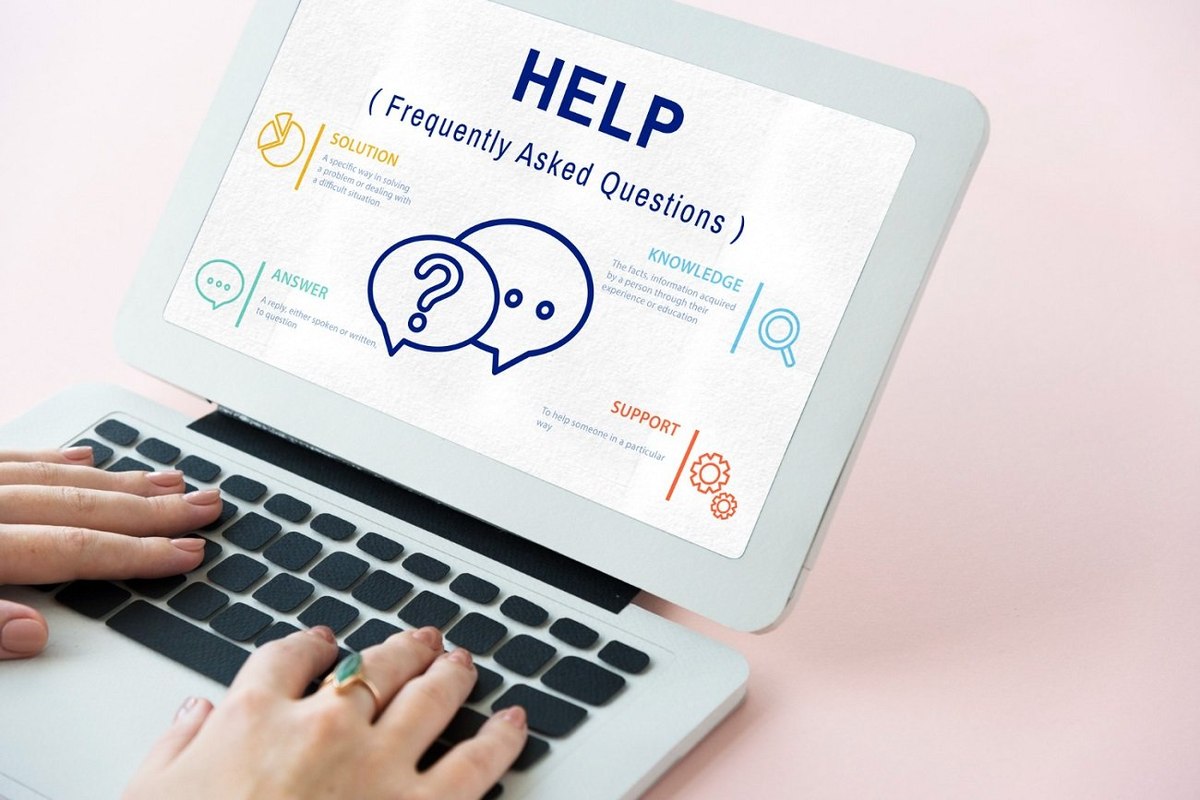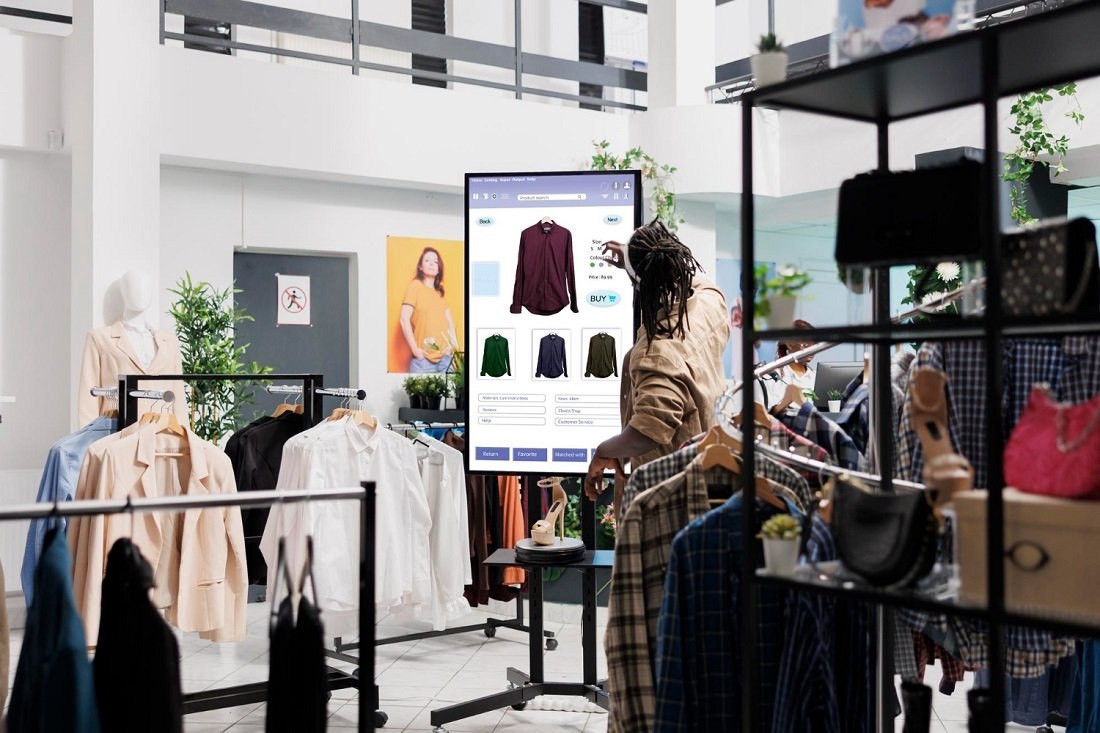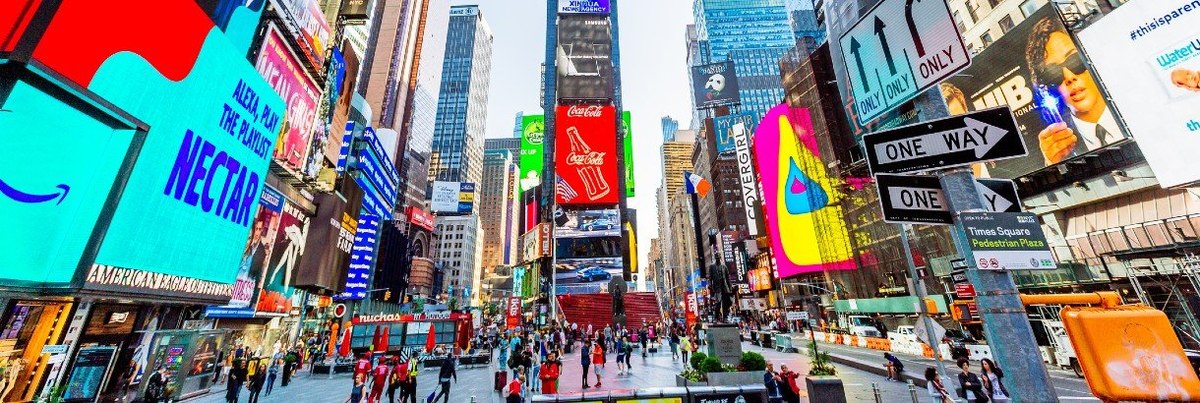
Heavy podcast listeners aren't just tuning in to content—they're receptive to ads, too
Podcast listening reached new heights over the last year as the COVID-19 pandemic transformed who listens, the times we listen, and the reasons why we tune in. The disruptions last year reshuffled listening times for many podcast listeners, cutting out time spent listening during commuting. The result was even better for advertisers: a steady drumbeat of listening throughout the day as people worked from home and turned to podcasts for entertainment, news and companionship.
The pandemic accelerated the consumption of several digital media channels and one year on, it’s more important than ever to use data to inform what audience engagement across these channels will look like moving forward. To this end, YouGov recently released a global report on how consumer behaviors – including audio listening – were impacted over the last year. And as the industry looks ahead to a new normal, we’ve taken a look specifically at one of the fastest growing audiences: heavy podcast listeners.
These podcasts enthusiasts listen to podcasts 2 or more days a week (14% of US adults; market size of 36.5 million Americans) and it’s not just the frequency at which this audience tunes in that will be interesting to media buyers and sellers.
Data from YouGov Profiles, an audience intelligence tool, reveals there’s significant potential for advertising reach on podcasts, especially among this group of heavy listeners. People who listen to podcasts 2 or more days a week see podcasts as one of the best ways for brands to engage with them. What’s more, YouGov research shows heavy podcast listeners prove more receptive to ads, especially the types delivered via podcasts. s heavy podcast listeners prove more receptive to ads, especially the types delivered via podcasts.
What’s the marketing potential among this audience of heavy listeners?
There are several reasons why brands are paying for podcast advertising, with the audio nature of podcasts and how intently listeners pay attention to podcasts being some of them. We examined the attitudinal behaviors of heavy listeners and found this group also stands out in how they think about and respond to ads, among the other potential benefits of tapping into this audience of podcast enthusiasts.
Here are a few ways why engaging with heavy podcast listeners through advertising can be effective.
A willigness to listen to ads: We asked heavy podcast listeners about how they feel about ads in podcasts and six in ten say they’re willing to listen to ads, including the 25% who find them intrusive but listen to them anyways. YouGov data also shows these listeners express a level of affinity for podcast ads: a quarter of heavy podcast listeners say they like when brands engage customers with ads on podcasts (25%) just behind other advertising channels such as online (31%) and on TV (26%).
Connections in a trusted space: The top five podcast genres over the last year among heavy listeners include news and politics (47%), comedy (34%), society and culture (28%), education (26%) and sports (22%). Additionally, more than half of heavy listeners tune in to a podcast to educate themselves or learn something new indicating these consumers trust this form of media as source of information (57%). As brands vie for consumers’ attention, podcast ads can be an effective way to resonate with this group given the implicit trust forged between a host and the community of listeners who tune in. And on the matter of trust, not all forms of advertising are equal in the ears of these podcast enthusiasts. Six in ten heavy listeners say they do not trust traditional TV advertising and podcasts ads may be an effective alternative to reach them (60% vs. 49% of Americans overall).
Ad blockers aren't an issue: In the age of ad-blockers, fewer digital ads ever reach their intended audience and heavy podcast listeners are no exception. Three in five heavy listeners say they use an ad blocker while surfing the web (60% vs. 49% of Americans overall) and podcast ads can be a more effective way to get a message in front of a highly engaged audience.
An audience of potential brand advocates: Two-thirds of heavy podcast listeners say they love recommending things for people to try (66% vs. 57% of Americans overall). This inclination to recommend the brands they love to friends and family is extremely compelling for advertisers as this listening audience proves not only receptive to advertising (as established earlier) but also that they are willing to be pro-active in organically promoting a brand. Who doesn’t love free advertising?
What do we know about heavy podcast listeners?
Podcasting was one of media channels well-positioned to adapt to the disruptions brought on by the pandemic. When lockdowns kept consumers in the confines of their homes, more Americans turned to podcasts than they did in 2019, according to annual data from YouGov Profiles. Remote working accelerated the popularity of podcast listening over the last year. Even post-pandemic, it’s likely that many companies will embrace the shift toward working from home permanently, further cementing the role of audio as a daytime companion for many remote workers.
At the surface, heavy podcast listeners tend to be young people compared to the nation overall and, are significantly more likely to be fall between the ages of 25-44 years of age (57% vs. 33% of Americans overall). This specific podcast audience also tends to skew male (58% vs. 49% of Americans overall).
The shift in when people engage podcasts, from peaks before and after work to consistent listening throughout the workday, affords advertisers more chances to connect with listening audiences. The opportunity is especially ripe among heavy podcast listeners, 44% of whom say they work full-time in a daytime shift (vs. 23% of Americans overall) and therefore, may be listening to podcasts as they work and multitask.
Methodology: YouGov Profiles is based on continuously collected data and rolling surveys, rather than from a single limited questionnaire. The Profiles data referenced is based on a sample size of 31,935 US adults aged 18 and over, including 4,555 people who said they listen to podcasts at least 2 days a week (I.e., heavy podcast listeners). Online interviews were conducted April 2020 – April 2021. Profiles data is nationally representative and weighted by age, gender, education, region, and race. Learn more about Profiles.
A version of this story first appeared on Adweek.
































